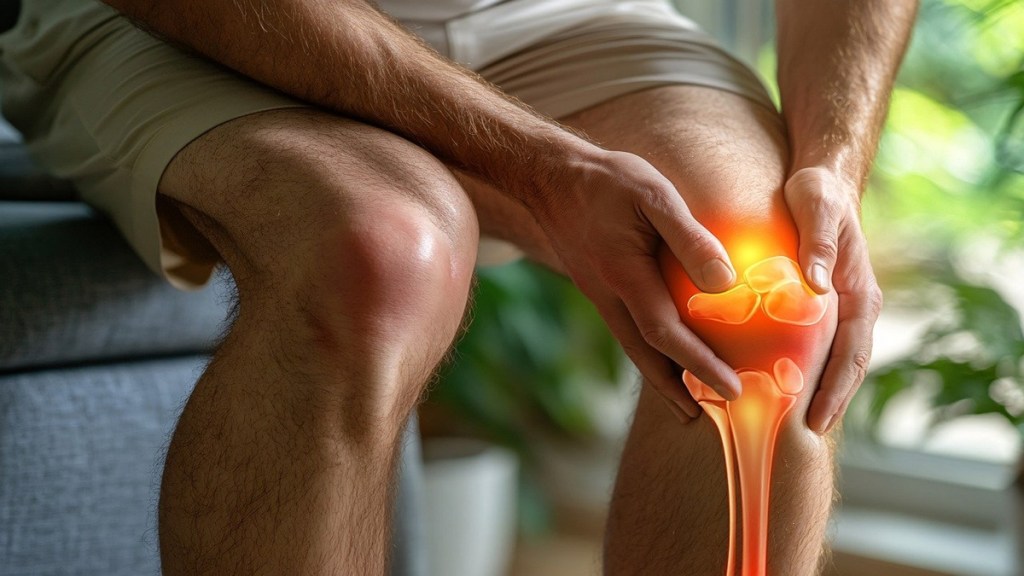As temperature plummets, you become more susceptible to various winter-related ailments like cold, sore throat, fever and many more. It is also believed that cold weather can lead to increased joint pains and in some cases worsen the symptoms of arthritis.
However, doctors maintain that increased pain and discomfort in joints during the winter and cold weather isn’t because of temperature.
A 2024 study published in the journal Seminars in Arthritis and Rheumatism revealed that changes in weather factors do not seem to directly increase knee, hip, or lower back pain, including rheumatoid arthritis or osteoarthritis symptoms.
Researchers led by Prof Manuela Ferreira, a pain expert from the University of Sydney, analysed 11 international studies on weather and musculoskeletal pain that involved more than 15,000 participants, as reported by The Guardian.
According to the researchers, reports of pain as being triggered by weather conditions may be explained by how we change our behaviour in different types of weather.
“For example, some people will exercise more, some will exercise less, and that will influence our perception of pain, or even our coping mechanisms,” Prof Manuela Ferreira, lead researcher of the study said as quoted by The Guardian.
The findings of the study emphasise that most patients and their doctors should manage pain through modifiable risk factors, such as physical inactivity, obesity and smoking, the researchers maintain.
However, high temperatures combined with low humidity may double the risk of a gout flare, the study found. Doctors also said that people living with arthritis often experience more pain as the as the atmospheric pressure drops when winter rolls around, this pressure change can cause your joints to swell more than usual, leading to increased pain.
According to experts, people living with arthritis may have problems during winter as the lower barometric pressure tends to create room for tissues in the body to expand. Consequently, this creates pressure on the nerves and joints, leading to inflammation and even unbearable pain.

